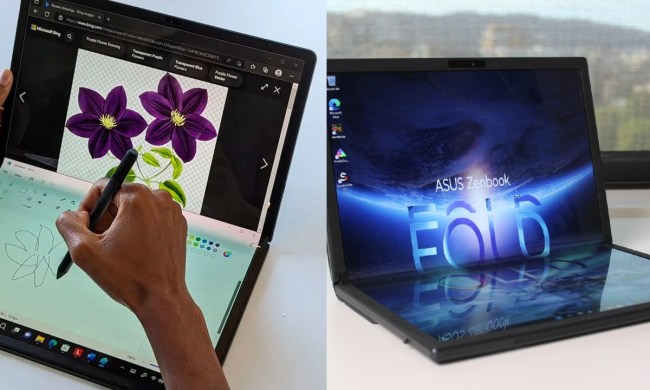Lenovo’s ThinkPad is one of the most iconic lines in notebook history, going back decades and representing one of the most recognizable business brands around. They’re conservatively designed and well-built, and they offer a few specific design cues that appeal to a specific niche of users. And two models from the range stand out for around $1,000: The ThinkPad T480s and ThinkPad X1 Carbon.
We’ve pitted the two against each other in multiple categories, taking into account the improvements Lenovo made with the ThinkPad X1 Carbon over last-gen’s model. The T480s received a refresh in 2019, too, in the form of the T490. Lenovo has changed its naming scheme since, replacing this range with the more appropriately named T14 and T15.
Design
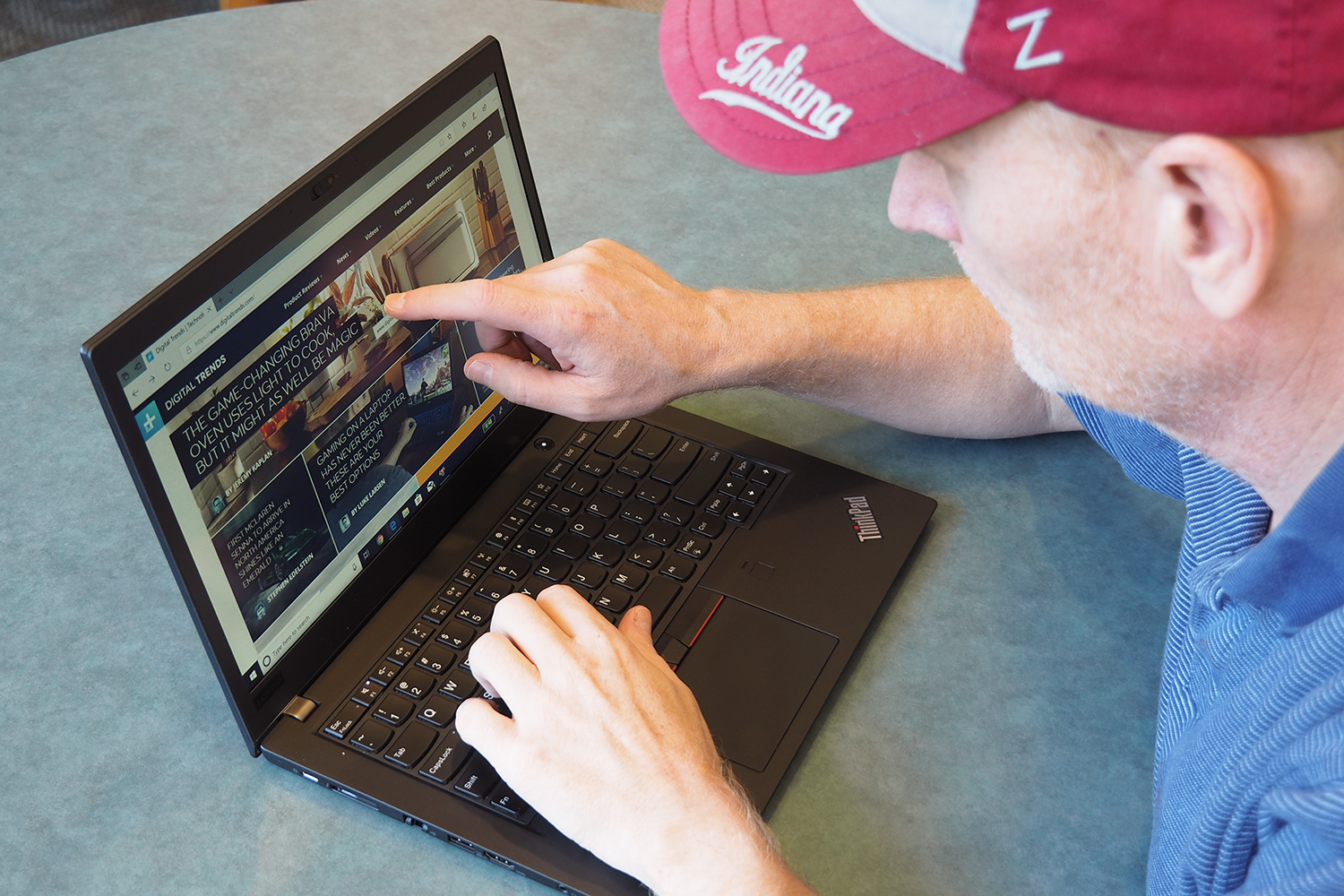
If you place the ThinkPad T480s and X1 Carbon far enough apart, you’ll have a hard time telling the difference between them. They both adopt the usual jet-black color scheme with a soft-touch surface, and they both sport the usual ThinkPad logo with glowing red “i.” Hold them in your hand with your eyes closed, and they’d both dish up the same robust build quality that’s been engineered to meet MIL-STD-810G specifications.
You would eventually notice, though, that the X1 Carbon is considerably thinner and lighter (0.62 inches and 2.49 pounds) than the T480s (0.72 inches and 2.9 pounds). The latter’s additional heft didn’t add much in terms of advantages, either, as connectivity was almost identical between the two. The T480s alone has an integrated Ethernet port, but they both support Lenovo’s innovative ThinkPad Pro Dock.
Both notebooks also build in the usual ThinkPad keyboard design, similar touchpads, and the obligatory red TrackPoint nubbin in the center of the keyboard that’s de rigueur for ThinkPad fans. We did find the X1 Carbon’s keyboard to be snappier and more precise and the T480s version to be somewhat stiff.
The ThinkPad X1 Carbon is thinner, lighter, and has a snappier keyboard, beating out its chunkier sibling in this category.
Performance
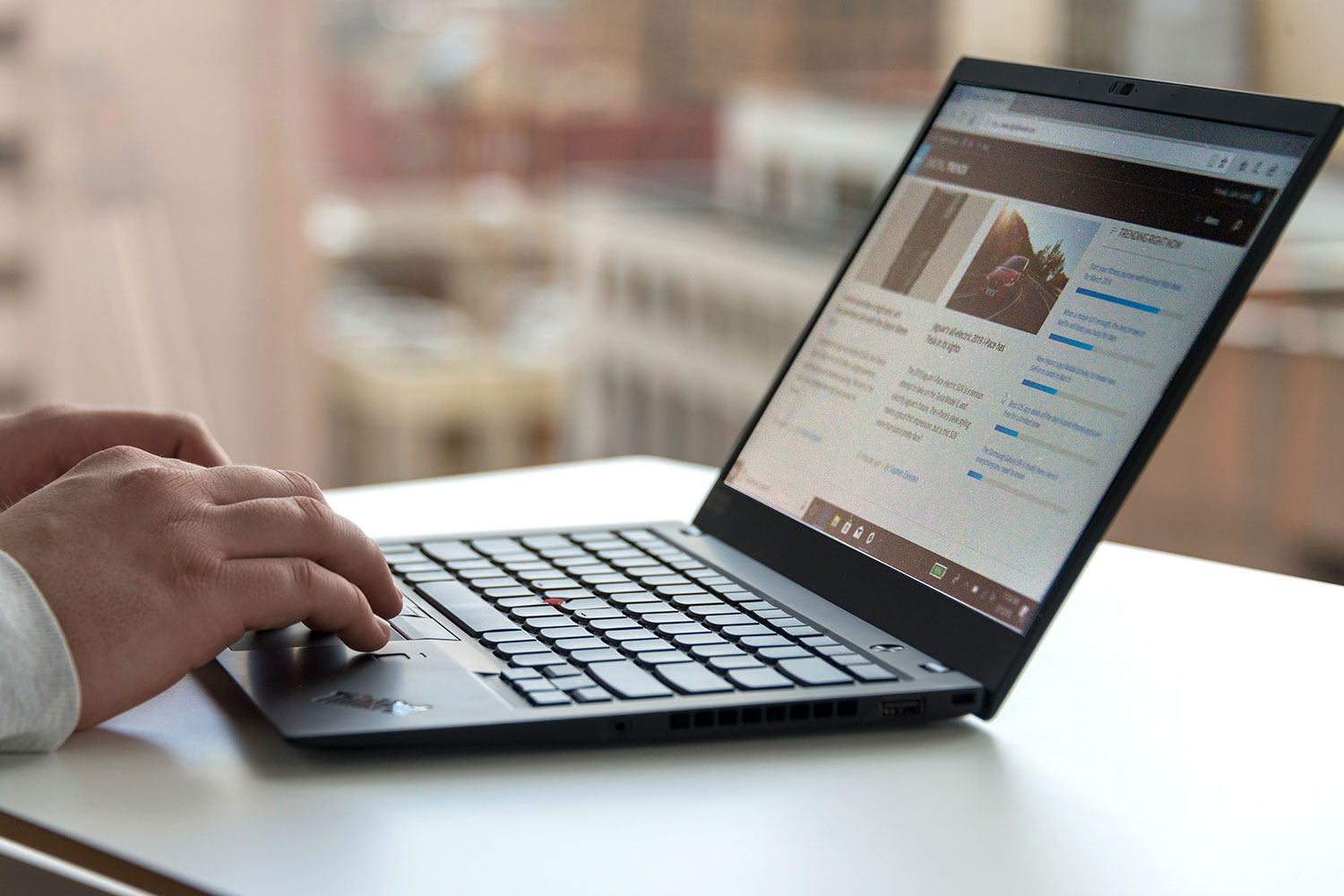
Lenovo configured our review units differently, so it’s difficult to compare their performance too precisely. The T480s had an 8th-generation Core i7-8550U CPU while the X1 Carbon had a core i5-8250U, while both made due with 8GB of RAM and a fast 256GB PCIe SSD.
Unsurprisingly, both notebooks performed similarly, and in line with other notebooks in the same class. The T480s did hold a slight advantage in our Handbrake benchmark that encodes a 420MB video as H.265. Here, the thicker T480s seemed to benefit from some extra cooling, as it churned through the encode process in a shorter time than could be explained by the CPU difference alone.
In terms of storage speeds, the X1 Carbon’s PCIe SSD performed almost twice as fast as the one inside the T480s. That’s not to say that the latter is slow by any means, as both notebooks can access data as quickly as the typical productivity task is going to ask for it.
The performance deal-breaker difference between the two notebooks involves their very dissimilar Full HD displays. Both are 14-inch panels with anti-glare coatings, but the similarities end there. The X1 Carbon’s display had better contrast, vastly wider color gamut, more accurate colors, and higher brightness.
Additionally, the X1 Carbon is a staple in Lenovo’s lineup, while the T480s was a one-off model. The T480s was discontinued as of February 2021, but Lenovo is moving forward with the eighth generation of ThinkPad X1 Carbon machines. The latest model sports up to an Intel i7-10610U, 16GB of RAM, and a 512GB PCIe SSD. Comparing performance between an eighth-gen and 10th-gen Intel processor isn’t a fair battle, making the ThinkPad X1 Carbon really the only option worth considering.
Portability
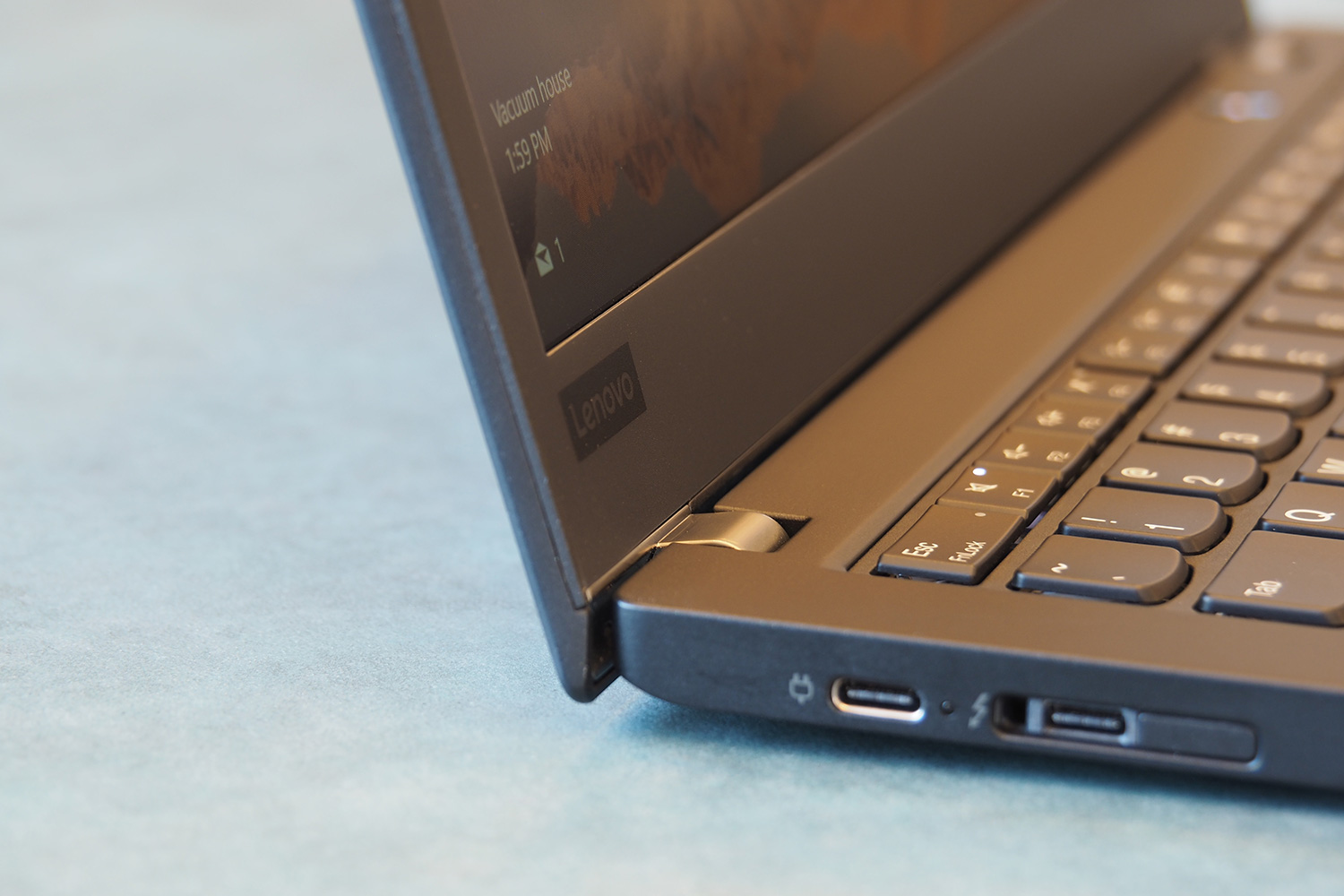
As we’ve already discussed, the X1 Carbon is significantly lighter and thinner than the T480s, and it’s going to slip more easily into a backpack for carrying from place to place. That’s not to say that the T480s is thick and heavy — it’s technically a thin and light notebook as well, just not quite so much so as the X1 Carbon.
In terms of battery life, though, the T480s wins out. And that’s odd, because they both pack in 57 watt-hours of battery capacity in spite of their differing girths. The X1 Carbon lasted longer in our most demanding web benchmark test, but it fell short against the T480s when browsing the web and playing video.
While the T480s isn’t a class leader in its longevity away from a charger, it does manage to best the X1 Carbon, which may or may not last you a full day’s work on a single charge. That makes your decision a little easier — if you want the thinner and lighter, then the X1 Carbon is the victor. But if battery life matters, then the T480s wins this category.
The ThinkPad X1 Carbon’s svelte frame wins out
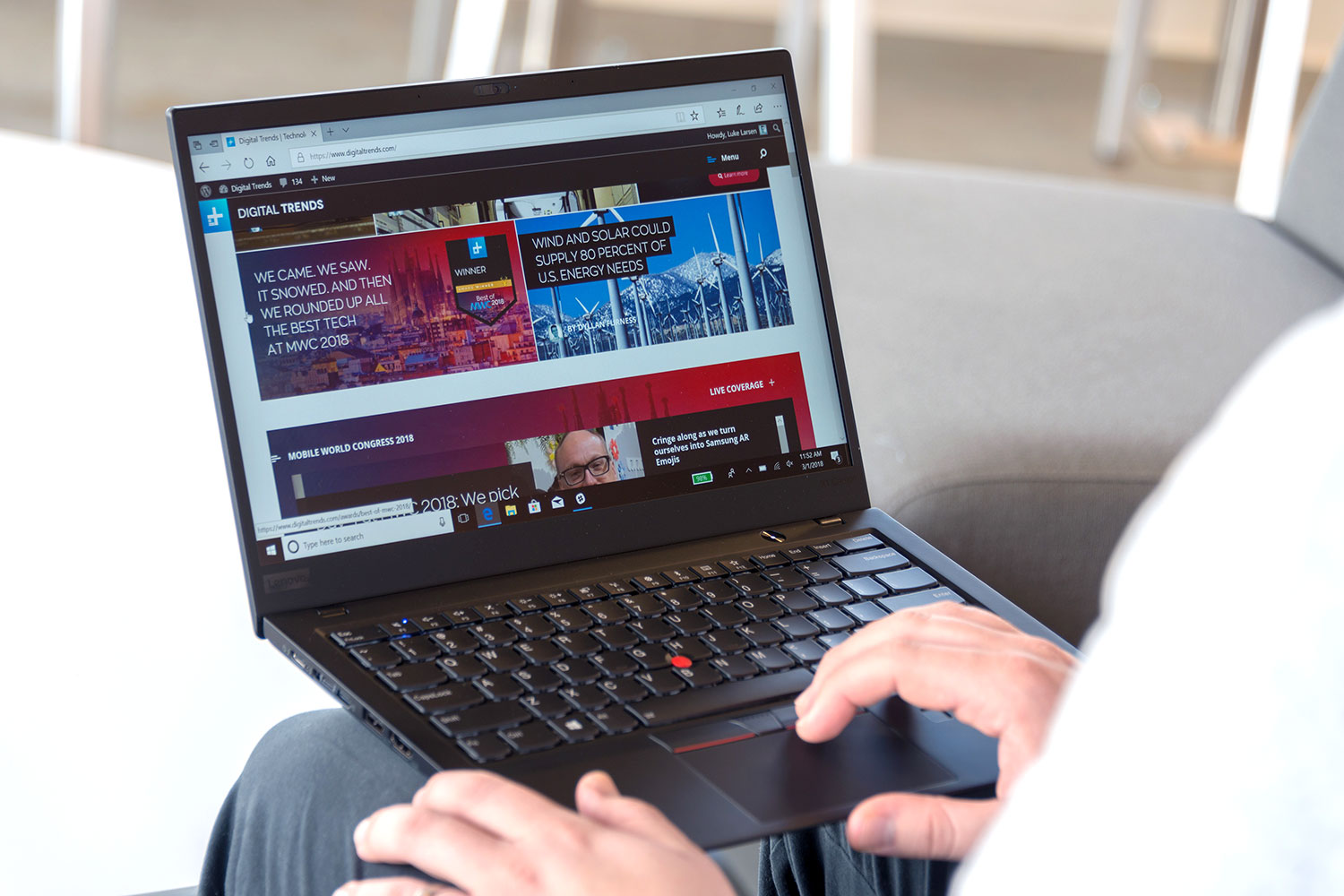
Although the X1 Carbon seems to be positioned as the more premium of the two devices, the T480s is just as premium a notebook. A relatively mundane configuration of a Core i7-8550U, 8GB of RAM, a 256GB SSD, and a Full HD display comes in at a hefty $1,700 retail (on sale for $1,360). At the high end, the T480s runs $2,665, which adds the benefit of a WQHD display and a discrete Nvidia GeForce MX150 GPU. You can’t find any configuration brand-new in 2021, however.
The latest X1 Carbon starts at only $950 after coupons, featuring an i5-10210U, 8GB of memory, a 256GB SSD, and a Full HD display. A tricked out configuration will run just over $2,200 after coupons, sporting a faster i7-10610U, 16GB of RAM, a 1TB SSD, and a 4K IPS display with Dolby Vision support.
The ThinkPad T480s provides better battery life than the X1 Carbon, but that’s about all it has going for it. Given that there’s not a lot of money separating the two, and the X1 Carbon’s high-end configuration is even slightly less than the T480s’s, we recommend going with the thinner and lighter of the two.
